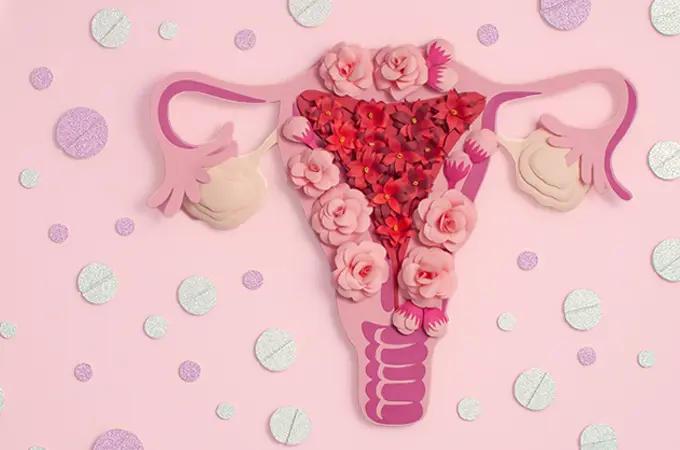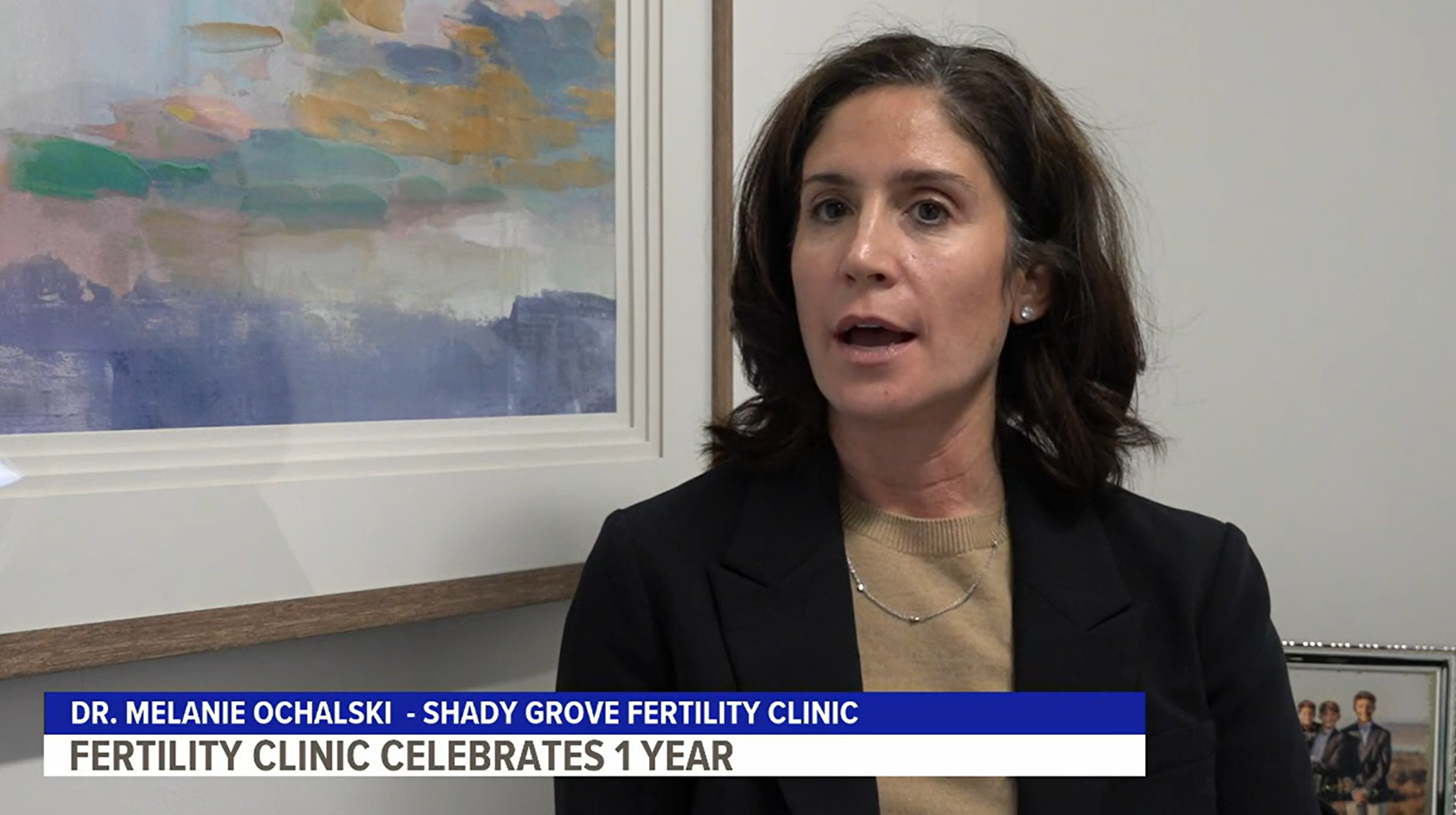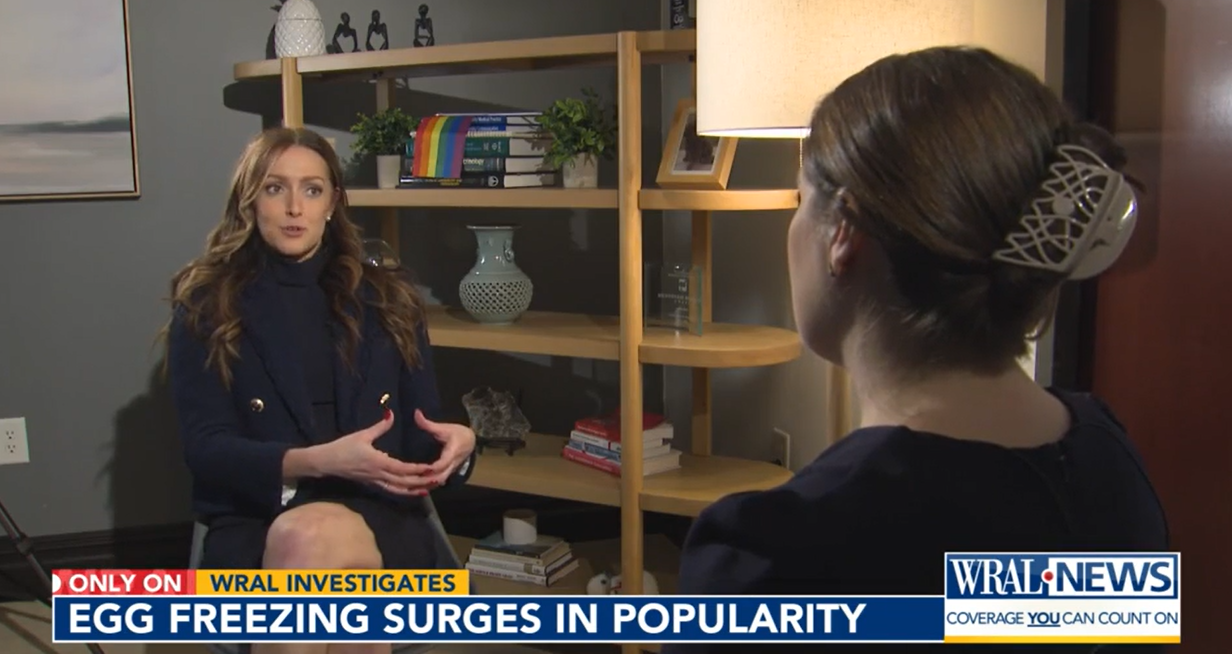Since the introduction of the Shared Risk 100% Refund Program in 1993, the way some couples select a method to build their family has been transformed. Patients now have the peace of mind that if IVF does not work, they will still be able to afford other means of family building. The history of Shared Risk plays out like a good drama series. Believe it or not, the Shared Risk Program was once considered controversial and unethical in the medical community.
When Shady Grove Fertility was established in 1991, the only options for some infertility patients were IVF or adoption. Due to the cost of both options, patients had to go “all in” financially. With IVF success rates nearly half of what they are today, around 25% per cycle, it was a hard decision for many patients.
“In early 1992, I had a consultation with a 32-year-old patient. She had severe tubal damage and had been struggling with infertility for 3 years. After paying $10,000 for one unsuccessful IVF cycle at another fertility center, she sat in my office asking ‘what are my chances?’” reflects Dr. Michael Levy, Reproductive Endocrinologist and Co-founder of Shady Grove Fertility Center. “I explained to her that another attempt would give her a 25% chance of success and three more would give her around a cumulative 65% chance of having a baby. She and her husband were devastated. ‘We feel like we have no choice’ she told me. ‘If I move forward with IVF and it doesn’t work, we will no longer be able to afford the cost of adoption.’”
A New Idea Comes to Life
This problem, the decision between IVF and adoption, was something that many patients encountered. “We thought about it as a group and our embryologist at the time suggested something very interesting. ‘What if we guarantee the delivery of a baby or give patients their money back?’ The idea was intriguing, to say the least,” describes Dr. Levy. “We considered it and consulted with the Montgomery County Medical Society and ultimately came to the decision that this program would benefit many of our patients.” Later that year, Shady Grove Fertility rolled out the Shared Risk 100% Refund Program, they were the first fertility center to provide a money-back guarantee for those patients enrolled in the Shared Risk IVF and Donor Egg Program.
“Patients liked the idea but many thought it was too good to be true,” says Dr Levy. “Originally, the Shared Risk Program was not advertised and only offered to our current patients. We gave them an option where there wasn’t one before.” The initial program offered 3 fresh IVF or Donor Egg cycles for patients with adequate ovarian and uterine function. It also included unlimited frozen embryo transfers and, most uniquely, people could withdraw from the program at any point and still receive a 100% money-back refund. There were no limitations to the program. In the first year of the program, approximately 15-20 patients participated.
Shared Risk 100% Refund Program Gains National Attention
A few years later, as the Shared Risk program gained popularity, and started to appear in more fertility centers across the United States, it started to draw more attention, most notably from the American Medical Association (AMA). In 1995, the AMA released an unfavorable stance on the use of what they referred to as “Contingency Fee Medicine” as an unethical practice that should be avoided.
“We believed in our Shared Risk program and felt it was, in fact, the most ethical program we could provide to our patients. Shortly after we heard about the concerns regarding Shared Risk and similar programs, we proactively contacted The National Advisory Board on Ethics in Reproduction (NABER) and were able to participate in a seminar to discuss our Shared Risk program,” says Dr. Levy.
During the seminar in October of 1996, Dr. Levy presented overwhelming data that showed in the 3 years since the creation of the Shared Risk Program, patients were not misled and their safety was not jeopardized, some of the main concerns about the program. Dr. Levy was able to demonstrate a safe program that was in the best interest of each patient individually. Through a detailed patient survey and statistics from cycle data, it was shown that there was no significant increase in the number of embryos transferred and that 35 out of 36 patients surveyed were not under the impression that the program guaranteed a positive outcome in response to the concern that centers would provide patients with a false guarantee.
After an extensive analysis of the information, NABER presented a very supportive position and sided in our favor. “They found the program to be fair with checks and balances making it ethical for us to provide and patients to use,” says Dr. Levy. “It is truly gratifying to think back on the several thousand babies that would have never been conceived over the past two decades had it not been for one interaction with a single couple, sitting devastated in my office.”
Shared Risk continues to be the most popular financial program Shady Grove Fertility offers.
Not all Shared Risk or Fertility Guarantee Programs are Created Equal
Patients from all over the United States and internationally come to Shady Grove Fertility to participate in their unique Shared Risk Program. Since its inception at Shady Grove, almost a hundred fertility centers around the country have created their own version of a refund program. When researching other financial programs, it is important to understand the differences.
For more information or to schedule an appointment with one of our physicians, please speak with one of our friendly New Patient Liaisons by calling 888-761-1967.





